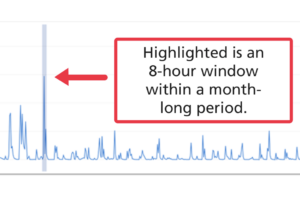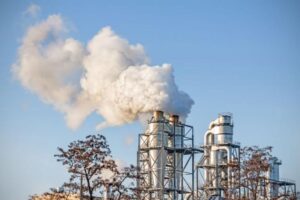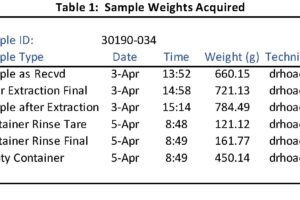1) Flares tend to smoke (produce soot) in fuel-rich areas of the combustion zone when there is insufficient oxygen/temperature to complete the combustion process. In high efficiency flames, visible soot is produced within the combustion zone and subsequently oxidized. A bright orange flame with black “marbling” (soot) in the luminous zone is a reliable sign of high combustion efficiency.
2) Fuels have different smoking tendencies. Heavier hydrocarbons with more complex structures tend to more readily smoke than lighter hydrocarbons with simpler structures. Smoking tendency for hydrocarbon fuels: alkanes < alkenes <alkynes <aromatics <polyaromatics. Assist gases such as steam or air are injected into the combustion zone to improve turbulence and oxygen enrichment to reduce flare smoking.
3) The incipient smoke point of a flare is the point of operation immediately before the flare begins to smoke. It is also a point (but not the only point) at which combustion efficiency is at a maximum. The incipient smoke “point” is not really a point. It will shift based on vent gas composition, flare flow rate and exit velocity, and of course steam or air assist rate.
4) US EPA’s Refinery Sector Rule (RSR) has the effect of forcing routine flare operation closer to the incipient smoke point. This creates more opportunity for smoking events. The challenge for assisted flare operators under the RSR is to find the happy balance between not adding enough assist gas (air or steam) and causing smoking or adding too much assist gas and lowering combustion efficiency. Sometimes the difference between these two points can be very narrow.
5) As vent gas composition changes, the smoke point changes, so the flare operator response changes. Predicting when a flare will smoke is more art than science at this point in time. For those trying to implement a steam or air control system, this is problematic. It would be really nice to have an “opacity monitor” for flares.
6) Current commercially available smoke monitor technology has a long way to go before being a reliable indicator for smoking flares. However, based on our experience, we have identified two commercial technologies that may prove useful for smoke detection. There are some issues with both systems but they may have the potential to provide useful data for at least some applications.
7) Trained US EPA Method 9 smoke readers tend to over-predict flare smoking. They are trained to view smoke from a smokestack not from a active combustion zone like a flare. Our experience is that Method 9 smoke readers tend to interpret the desirable soot within the luminous flame as smoke, particularly when the flame is discontinuous. This leads to operators believing their flare is smoking when it is not. Special flare training is required even for certified smoke readers to avoid this bias.
Have questions about smoking flares or any other flare issues? The CleanAir Flare Team is always happy to chat. Email, phone, or text. Anytime.







